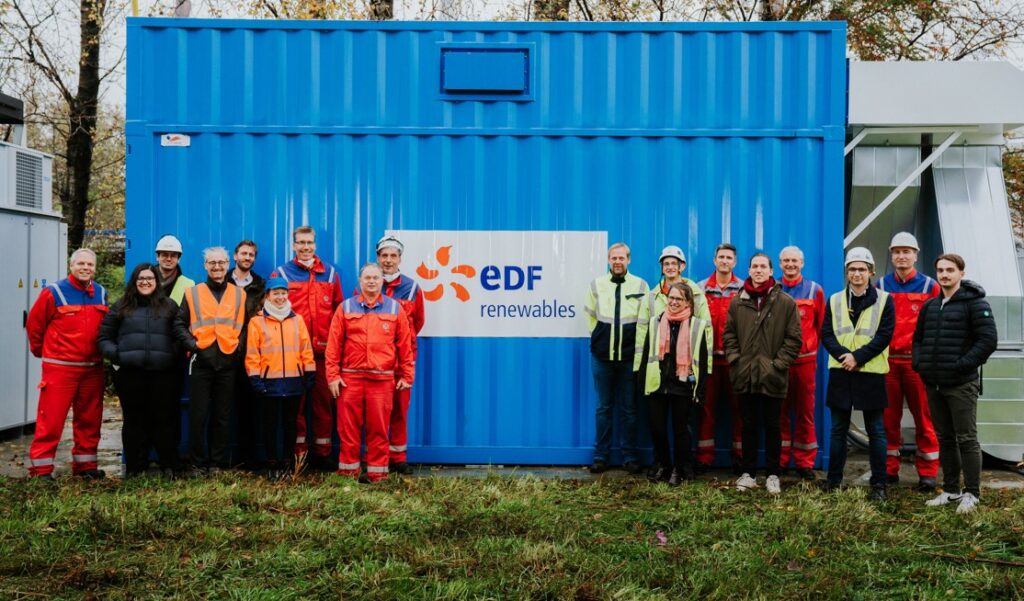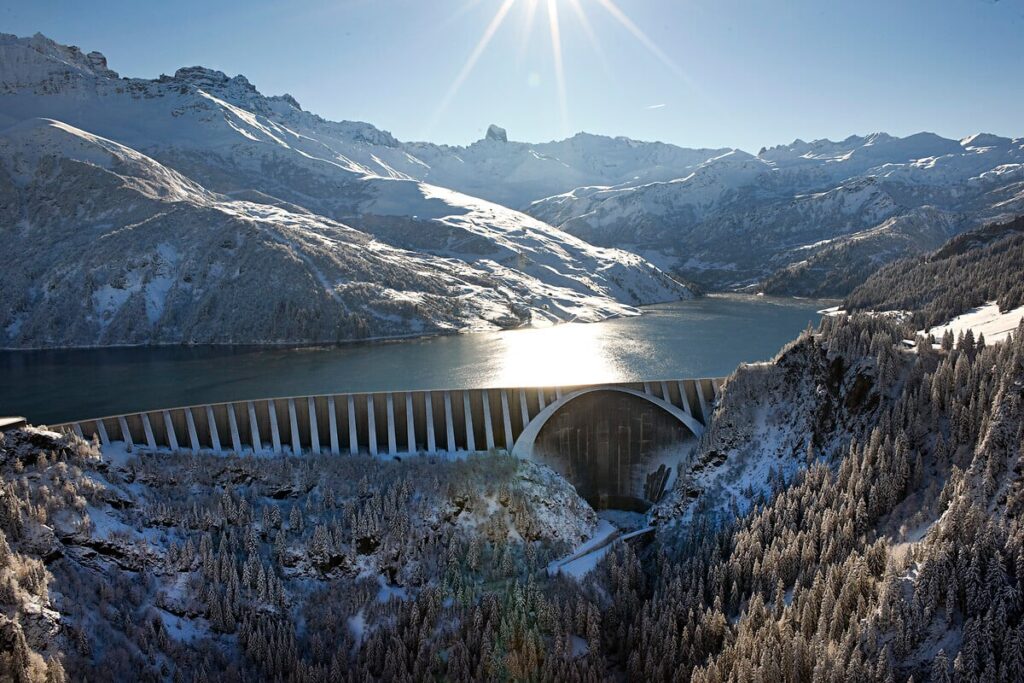Electricity storage appears to be an essential lever for the energy transition. Pioneer in this field, the EDF Group has the ambition to become one of the European leaders in the sector.
While the production of renewable energies depends by definition on the abundance of natural resources such as wind, water or sun, the addition of storage solutions, combined with intelligent control systems, contributes to the stability of the network. national electricity and contributes to security of supply. Storage systems allow better integration of renewable energies.
In 2018, the EDF Group launched a Storage plan which provides for the installation of 10 GW of new storage means to serve electrical systems by 2035. Throughout the world, EDF Renewables is developing innovative electricity storage systems. Our ambition: Accelerate the decarbonization of our energy mix by offering a reliable solution to the intermittency of wind and solar production.
Historical expertise of the EDF Group in storage solutions such as hydraulic STEPs
Mastery of innovative technological solutions for piloting and managing systems
Feedback from battery storage solutions in our countries of operation.
Developed and operated by EDF Renewables, Toucan 1 is a solar power plant with a capacity of 5 MW. Commissioned in 2014, it is equipped with an intelligent battery storage system with a capacity of 1.5 MW. In 2020, Toucan 2 complemented the Toucan 1 solar power plant with storage to enable it to reach a cumulative power of 10MW. EDF Renewables operates several solar power plants in Guyana, some of which are equipped with a battery storage system, for a combined power of nearly 20 MW.
KINDSolar and battery
LOCATIONFrance
POWER10MW cumulative (solar + battery)
With a power of 165MW, Big Beau is a solar project combined with a 40MW battery installation. Located in California, its capacity is sufficient to cover the consumption of 64,000 average Californian households. This is equivalent to avoiding more than 315,000 tonnes of CO₂ emissions per year.
KINDSolar and battery
LOCATIONUSA
POWER165 MW solar + 45 MW battery
Energy SuperHub Oxford is a hybrid project consisting of a large capacity electricity storage system coupled with a smart grid powering fast charging points for electric vehicles as well as ground heat pumps. It is a pioneering project with an integrated approach to decarbonization of electricity, heating and transport.
KINDBattery
LOCATIONUK
POWER50 MW battery

FOCUS
In Germany, we offer an innovative storage offering for commercial and industrial customers. This battery storage solution not only reduces the energy bill, but also lightens the load on the electricity network.
For our client Speira, a specialist in aluminum rolling and recycling, we installed a battery system that will provide 1.6 MW of energy for an hour, enough to help stabilize the electricity grid during high demand.
THE STEP (Pumped Energy Transfer Station) can be compared to large batteries. They operate using two water reservoirs located at different heights. When there is excess energy on the electricity network, we take advantage of it to pump water from the lower basin to the upper basin. When it is necessary to inject electricity into the network, the valves are opened to create a drop towards the lower basin and turn the turbines.
Thanks to their storage function and their reactivity, STEPs dynamically contribute to maintaining the balance between production and consumption on the network, while providing valuable assistance during consumption peaks.
EDF is a key player in STEPs, both in design, construction and maintenance and in operation..

FOCUS
43 Boulevard des Bouvets
CS 90310
92741 NANTERRE CEDEX
©2025 EDF Renewables